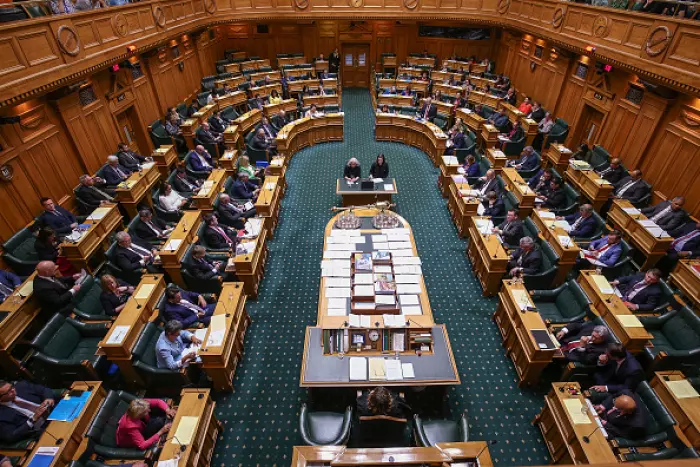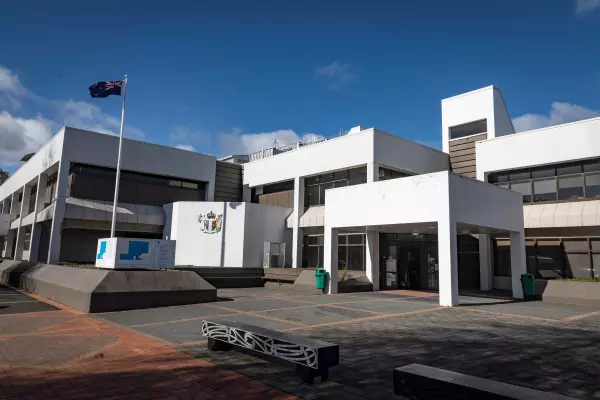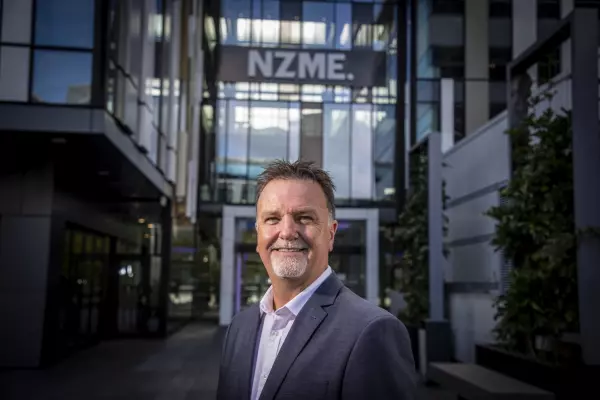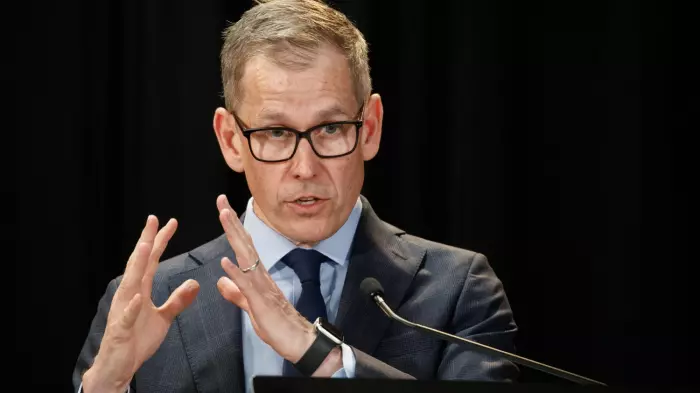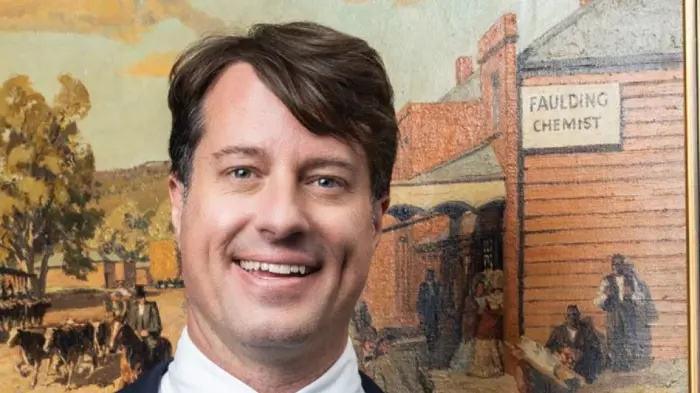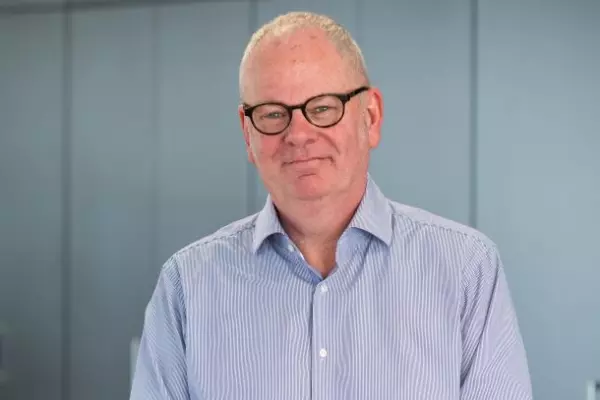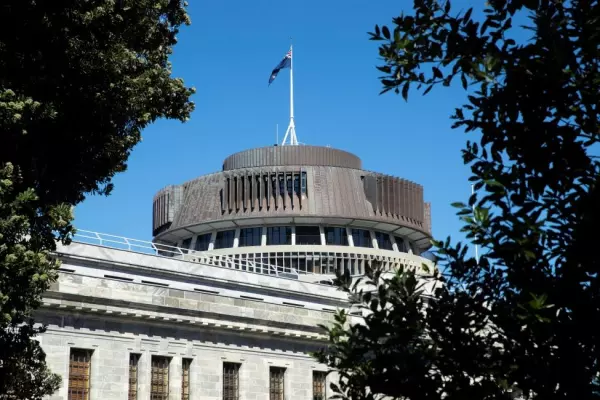Politicians and experts want to see better bullying and sexual harassment data to help drive change in the public service.
BusinessDesk revealed this week that reporting, internal surveys and processes for dealing with complaints vary significantly between government departments.
This inconsistency makes it almost impossible to measure the scale of the issue, to compare between agencies or to see whether interventions to develop more positive workplace cultures are succeeding.
The Australian Public Service Commission, by contrast, publishes detailed yearly surveys with in-depth bullying and harassment statistics.
In New Zealand, public service commissioner Peter Hughes has emphasised the responsibility of chief executives to manage their own workforces.
The Public Service Commission provided guidance, he said this week, including 2019 model standards which set expectations for staff and organisations to help create positive workplaces.
“Our focus is on creating positive and safe workplaces and crowding out poor behaviour, rather than standardising an approach around definitions and processes for bullying across the system,” Hughes said.
“We think this is the more effective approach.”
Hughes was unable to say how many formal bullying and sexual harassment complaints were made across public service departments each year.
Extensive research by BusinessDesk using the Official Information Act (OIA) found 21 public service departments employing nearly 50,000 people recorded just 384 bullying complaints in five years, a figure likely to represent a fraction of the overall problem.
‘You can’t measure what you can’t manage’
National’s public service spokesman, Simeon Brown, said he wanted to see better data. Arguably, the commission should take a greater role, he said.
“They’ve got an incredibly important role to make sure that all of the departments are making sure the processes and procedures are consistent, the information being gathered is consistent and that people working in the public service have the ability to know that their complaints are taken seriously regardless of where they work.”
The commission had an opportunity to get better data in future public service censuses, he said.
The inaugural census held last year surveyed about 40,000 people but didn't ask direct questions about bullying or harassment.
Hughes said this week the intent behind the first census was to understand the make-up of the public service; he didn’t rule out asking bullying questions in future iterations.
With regard to the current approach taken by individual agencies to data collection and internal surveying, Brown said: “I think the lack of consistency points to not only a lack of measurement of the issue, but that then leads to the inability to be effective in terms of actually addressing it.”
The Green party’s public service spokeswoman, Jan Logie, agreed that better data was needed.
“I’m not surprised that there isn’t standardised reporting, because our public service until the change in legislation (referring to the Public Service Act) was very much seen as individual agencies being quite disconnected,” she said.
“But there is an intent now to create a far more coherent public service, and I think this presents us with a real opportunity to build some more coherence, to be able to get that picture across the public service as well as be able to compare progress between agencies.”
Formal complaints of bullying or sexual harassment were relatively rare compared to how often people reported the behaviour happening.
“One of the things that help us to get action to fix the system is getting really good data around levels of prevalence and the gap between that and levels of reporting,” Logie said.
The Australian report included questions asking public servants if they had experienced bullying or harassment in the past 12 months, whether they had reported it, and if not, why not.
"My sense is the Public Service Commission is best placed to survey around prevalence and ask specific questions and also have some oversight of the implementation of the model policies,” Logie said.
PSA strategy and policy senior advisor Kirsten Windelov said the union wanted to see public service departments take bullying, sexual harassment and other negative workplace issues seriously.
“That includes keeping track of the right data, which is not just limited to reported incidents but also other key indicators like turnover, what comes out of exit interviews and other health and safety information,” she said.
“It also includes involving the union in this area of health and safety.”
Windelov said the union expected to see the public service census develop over time to include more focus on people’s workplace experiences.
Copy-paste job
In response to questions from BusinessDesk about whether he wanted to see more consistent and comprehensive data on bullying and sexual harassment, public service minister Chris Hipkins issued a statement that was largely identical to an earlier statement from Hughes.
After further prompting, Hipkins - who is also covid response minister dealing with the omicron outbreak, released an additional statement.
“There’s absolutely no place for bullying in any workplace and a great deal of work has been done over the past three years to address it,” Hipkins said.
“I’m confident the commissioner is leading a system that’s underpinned by best practice and that he is committed to constant improvement.”


